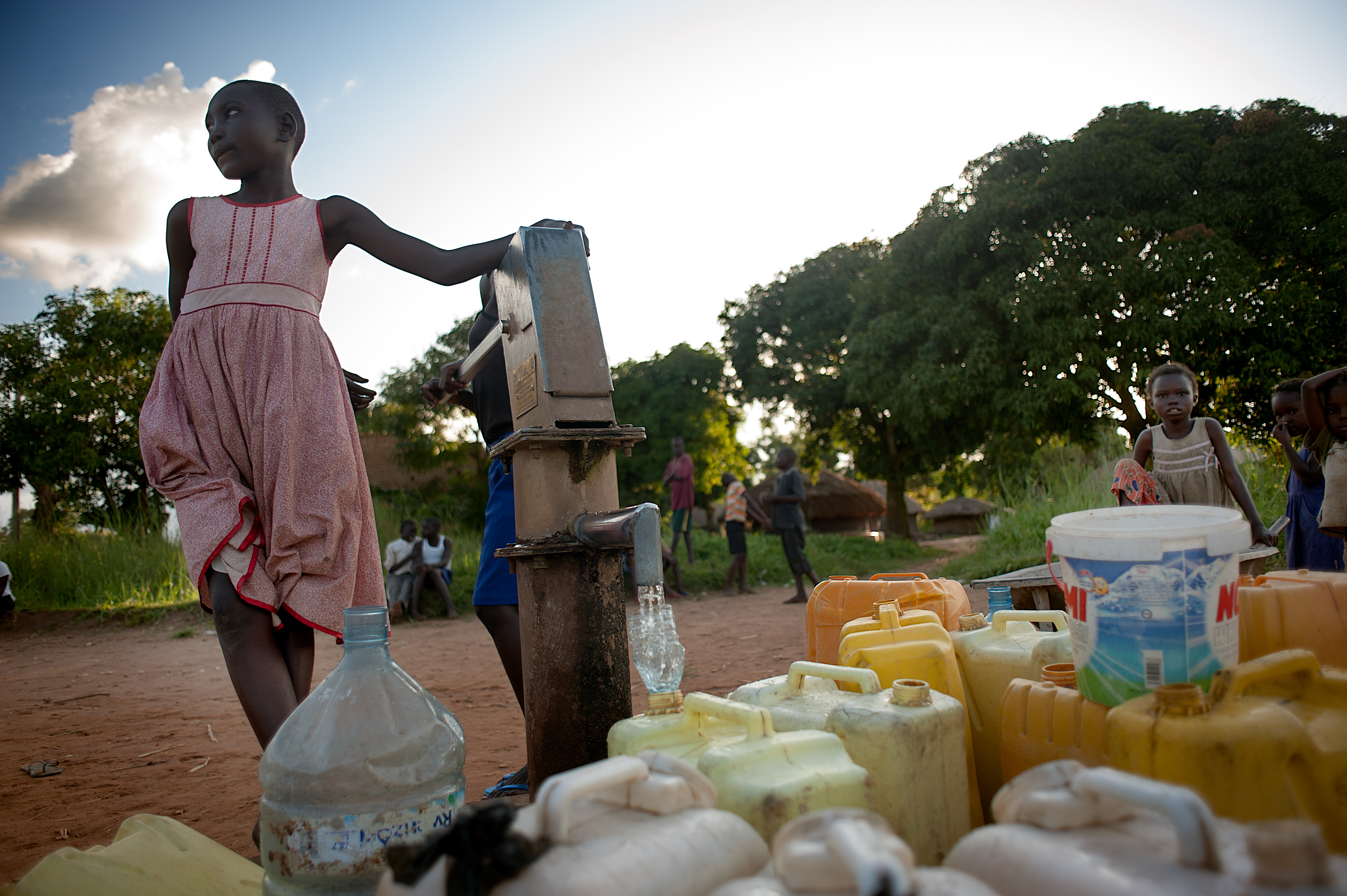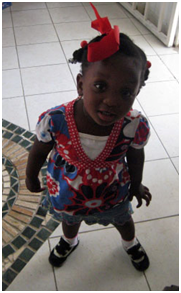From Flint to the Philippines, water is power
|

We at DefeatDD stand in awe of the power of water. Without water, there would be no life. We drink it, we grow and cook our food with it, we wash our hands, bodies, and clothes with it, we flush our waste away with it, we use it for recreation and transportation, and we are mostly made of it. Water is a basic human necessity and a human right. If water is not safe and clean, however, it can become a death sentence. Unsafe water can contain contaminants and deadly pathogens—such as those that cause diarrheal disease—that can easily spread to people when sanitation systems are limited and drinking water is untreated.
In high-resource settings where clean water is readily available through extensive, organized underground pipe systems, this reality may seem distant. When water crises like those in Flint, Michigan and resulting diarrheal disease outbreaks occur, they may seem shocking. The Flint crisis has received a lot of attention in the US media, partly because such a crisis rarely happens in developed countries like the United States. It has also received attention because of its location in a low-income, majority African-American city. Whether in the United States, Europe, Africa, or Asia, poor and marginalized communities are almost always at higher risk for unsafe water. And because Flint is a low-income community, the health and economic ramifications of the crisis—including stunted growth and chronic illness from E. coli and Shigella outbreaks and brain damage due to lead contamination—may be deeper than if it had occurred in a wealthy area. These effects help perpetuate poverty, thus elevating the risk of additional crises in the future. It becomes a vicious cycle of cause and effect, one that proliferates in poor areas across the globe. Unsafe water helps keep poor communities poor.
Currently, 663 million people around the world—mostly in poor communities—lack access to safe water. Because we all need water to live, these people have no choice but to drink unsafe water that can make them sick and even kill them. Even more shocking, 2.4 billion people—one in three around the world—lack access to a proper toilet. When people go in the open, the deadly pathogens in feces seep into water sources, repeating the cycle. In low-resource communities with unsafe water and sanitation, outbreaks of deadly diseases like diarrhea, pneumonia, typhoid fever, and cholera—such as the recent outbreak in Cebu, Philippines— happen regularly. This cycle of dirty water and disease leads to poor child health, malnutrition, stunted growth, and cognitive deficiencies that keep children from growing up healthy, going to school, learning, and making a profitable living. Without safe water, there is no prosperity.
To stop the cycle and its cascading burden, it all comes back to the ultimate source of life: water. Improved water and sanitation systems, when implemented alongside lifesaving vaccinations and improvements in nutrition and health care, enable families, communities, and even entire nations to lift themselves out of poverty and into health and prosperity. This change must start with individual citizens getting engaged and passionate, learning and teaching others about handwashing, safe hygiene, and other healthy practices like vaccination, breastfeeding, and balanced nutrition. But it will also require supportive leaders and strong, evidence-based policies that respect, listen to, and empower all citizens and all communities with life-giving water.
Water is power, and water is powerful. No matter where you live, your life and the lives of those around you depend on safe, clean water. Your health and prosperity do, too. This World Water Day and every day, let’s pledge to fight for equal access to safe water—and the power that comes with it—in all communities around the world, whether in Flint, the Philippines, Finland, or Fallujah.












